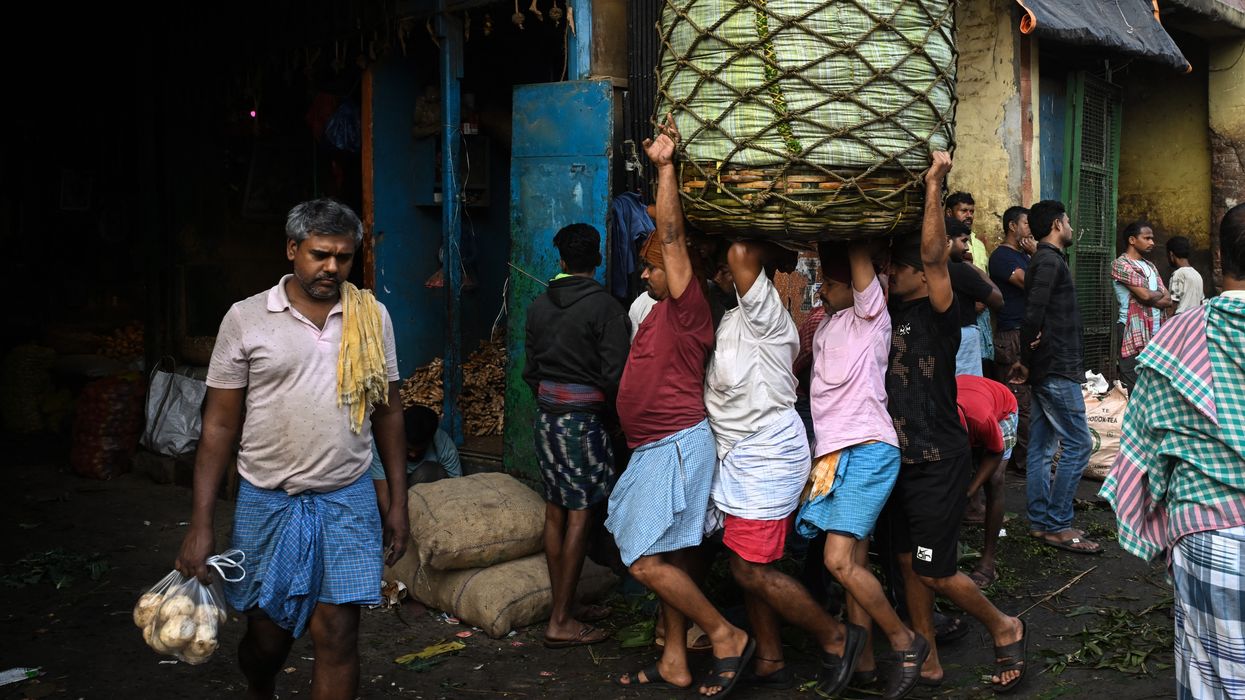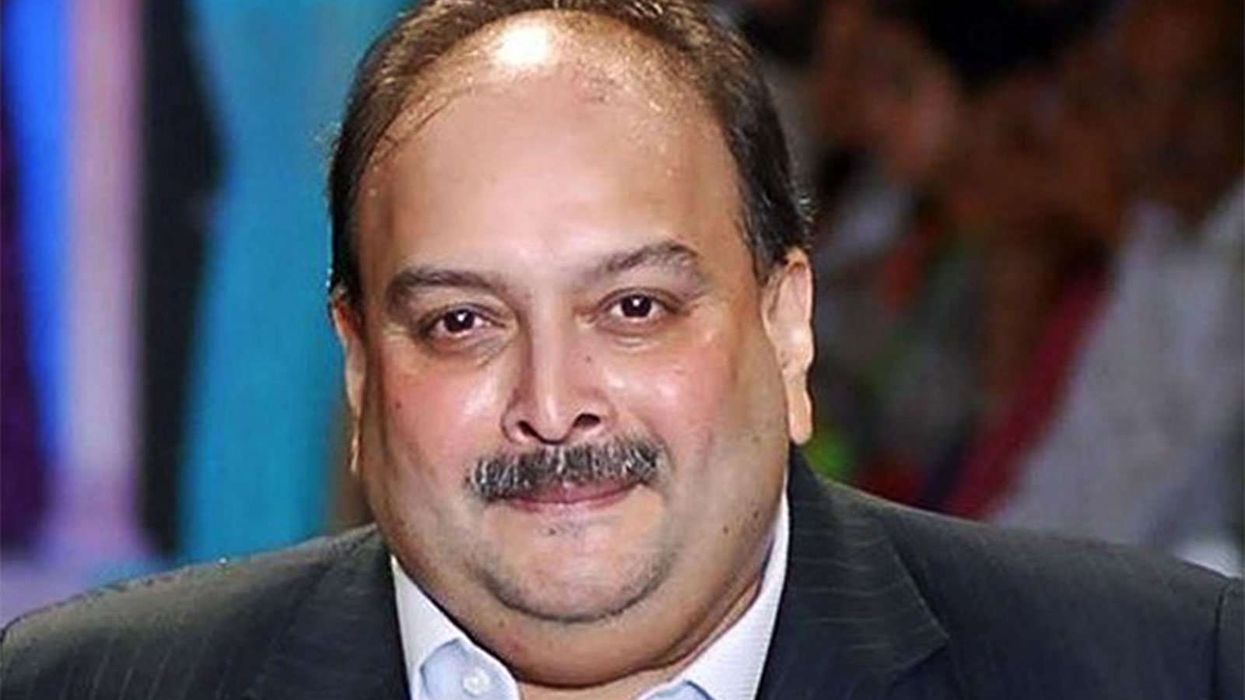INDIA’S economy expanded a little more than six per cent in the December quarter, official data showed last Friday (28), marking an uptick from the previous quarter as the country prepares for the fallout of US president Donald Trump’s protectionist trade policies.
The figures – an increase from the July-September period – will likely be welcomed by policymakers in the world’s fifth-largest economy, which has been grappling with unexpectedly sluggish growth in the face of potential US tariffs.
Data from India’s statistics ministry showed that gross domestic product (GDP) grew 6.2 per cent in the three months to December on increased government and consumer spending, when compared to the same period last year, largely matching analyst expectations.
The reading also comes well above the revised 5.6 percent year-on-year growth recorded in the previous quarter.
India also slightly revised upwards its growth projection for the fiscal year through March 2025 to 6.5 per cent, from an earlier forecast of 6.4 per cent.
Chief economic adviser, V Anantha Nageswaran, told a press briefing that the latest projections reaffirmed that India’s growth rate “continues to stand out among peer groups both in advanced and developing economies”.
But the December quarter’s growth remains below the eight per cent pace that experts say India needs to create enough well-paying jobs and generate economic prosperity.
Analysts said the road ahead may be tough. “To achieve the 6.5 per cent growth target for this fiscal year, we will need to see a little over seven per cent-plus growth in the March quarter,” said Teresa John of Nirmal Bang Institutional Equities.
“To me, this doesn’t seem easily achievable and appears to be a high ask rate,” she said.
Muted urban consumption and lower government spending have taken a toll on economic activity over the last few quarters.
The slowdown prompted the government to deliver $12 billion (£9.4bn) in income tax cuts and the central bank to cut interest rates for the first time in nearly five years.
“The economy is still fairly soft by India’s recent standards,” Harry Chambers of Capital Economics said, but with “policy now decisively turning more supportive, economic growth should pick up further over the coming quarters”.
Analysts at Nomura have flagged that India’s relatively higher tariff rates and its trade surplus with the US place it at risk of reciprocal tariffs.
While details regarding Trump’s ‘eye-for-eye’ tariff plans are still unclear, estimates by SBI Research suggest India’s GDP could see a 50 basis point hit if the United States slapped a 20 per cent flat tariff on the country’s exports.
New Delhi has been quick to respond so far, preemptively cutting tariffs on products including high-end motorcycles and bourbon whisky.
India’s prime minister Narendra Modi’s visit to the US last month saw both countries announce plans to negotiate the “first tranche” of a trade agreement by autumn this year.












